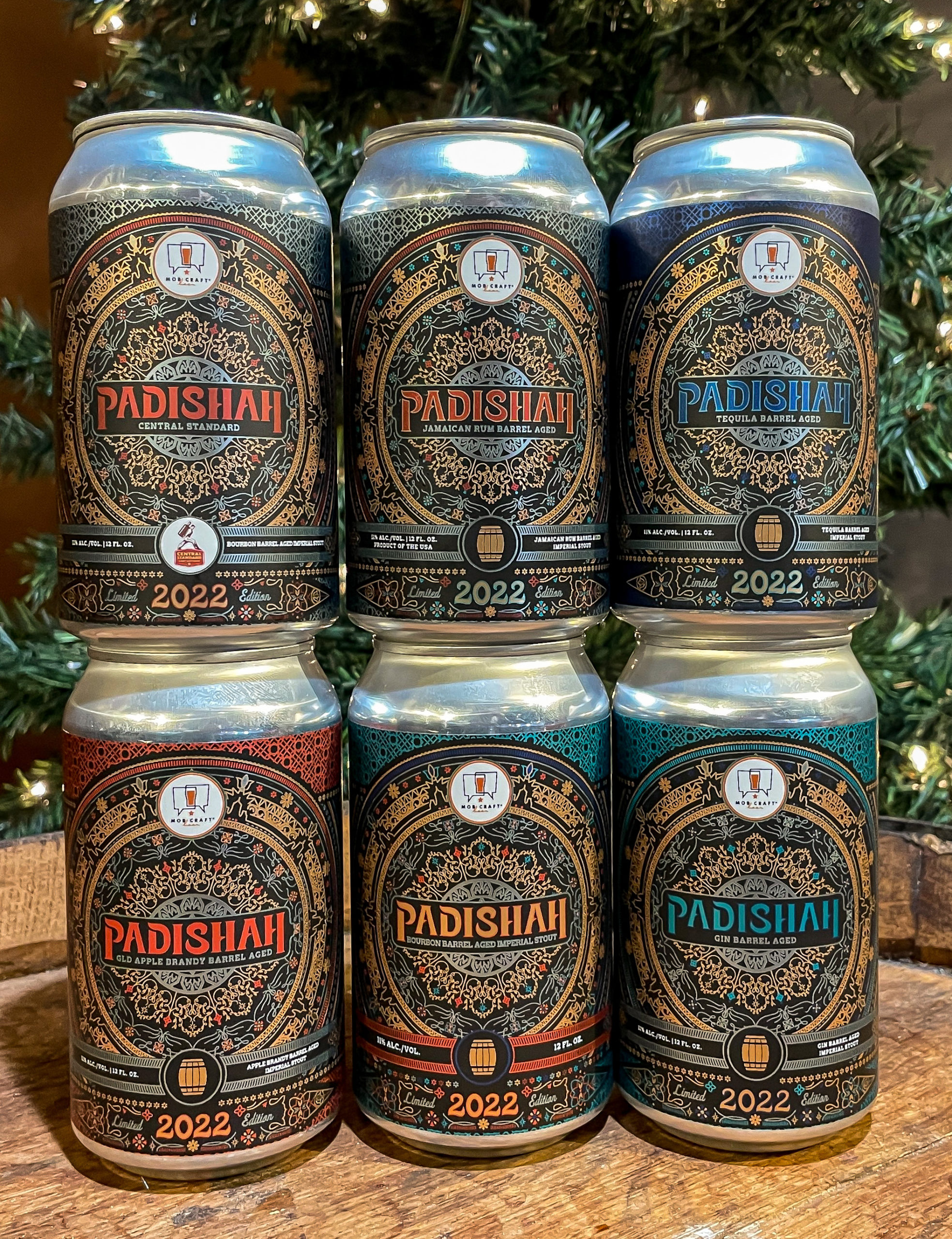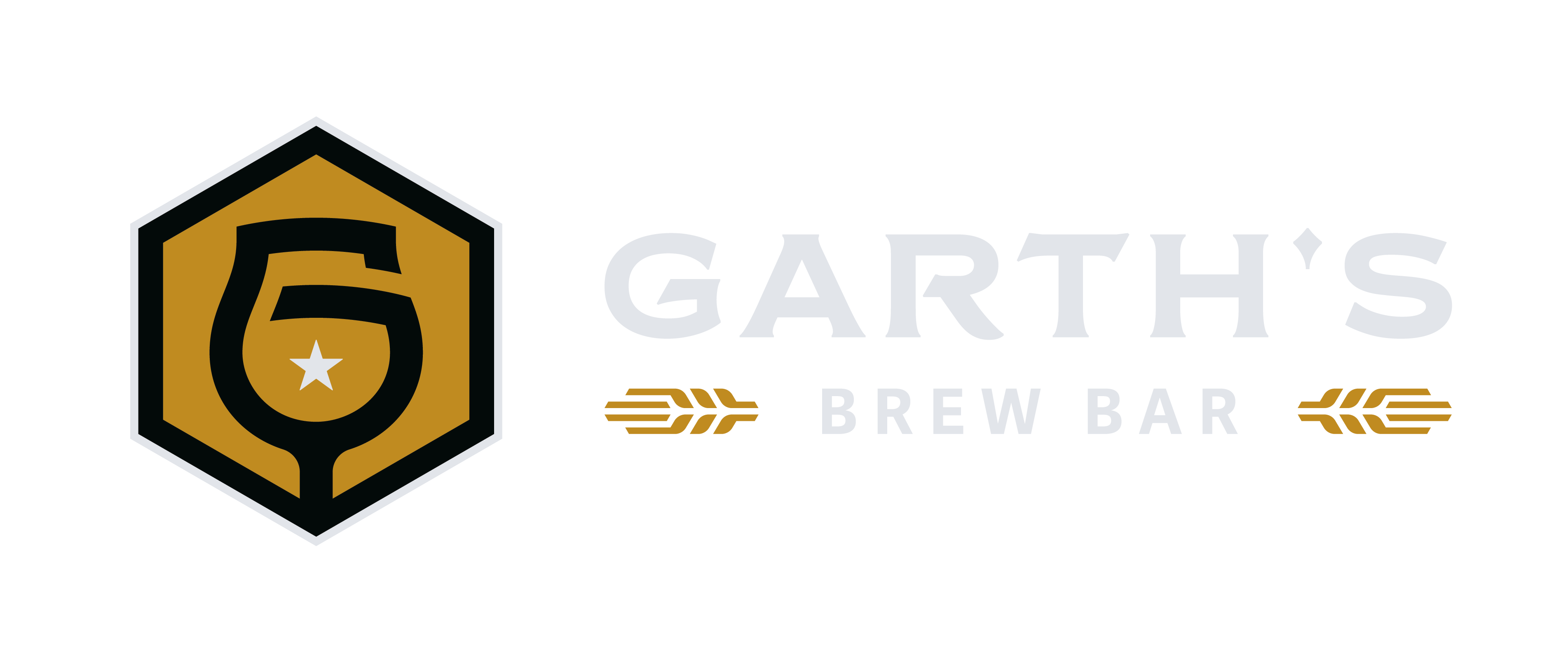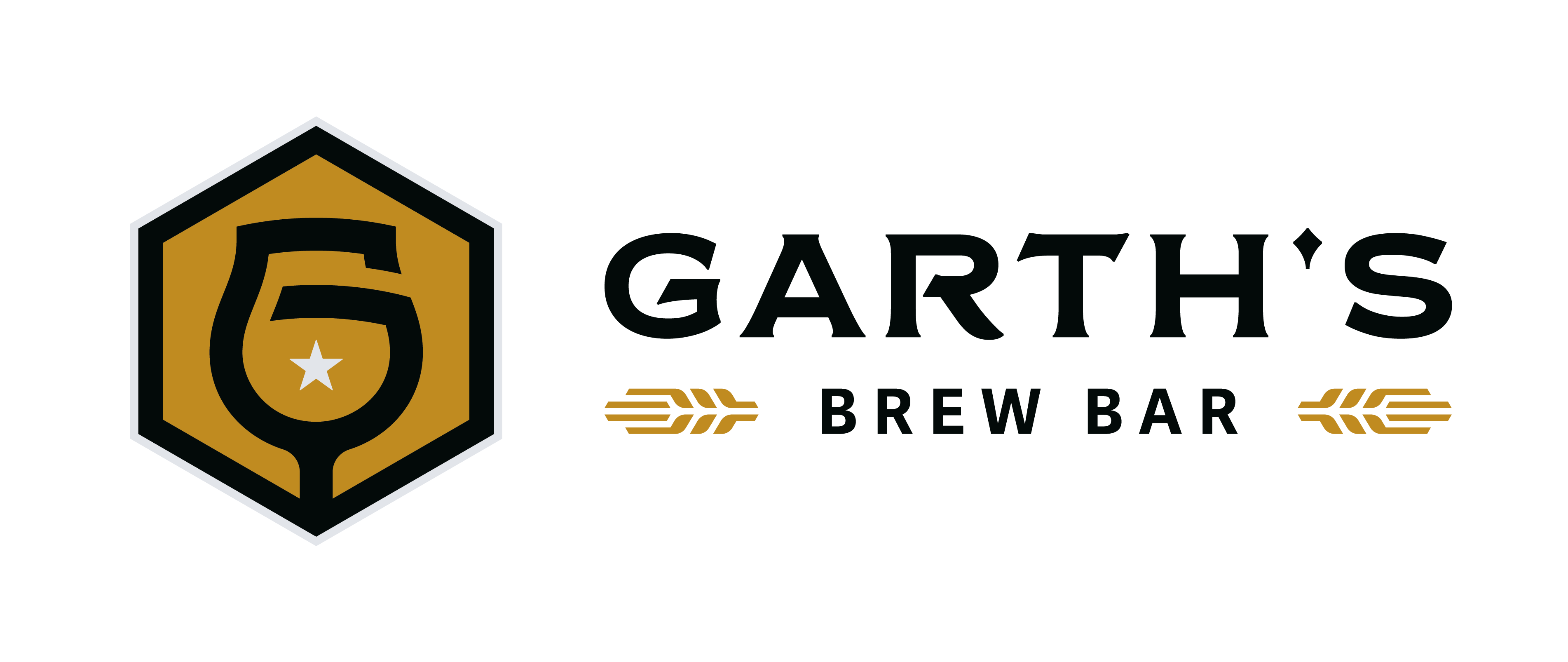In the 100+ new breweries we interact with each year, there have been very few that didn’t have at least one barrel sitting in their brewhouse. Today you could drive to the brewery nearest you and with a great degree of certainty, you’ll find something hanging in a barrel. Gone are days that only a few large breweries (think Goose Island and Central Waters) invest in barrel programing and distribution of the cherished liquid.
Why Do Breweries Barrel Age Beer?
The cheap answer is that there are different reasons for each brewery. The most common reason you’ll find is that barrel aging packs a one-two punch of soaking up flavors of the spirits that were once in the barrel as well as transforming the base flavor of the beer as a result of the aging process.
“Stouts undergo a transition where the flavors of roast, chocolate and coffee turn into dates, figs and raisins. Sour and wild ales tend to mellow out a little bit in the perceived acidity levels. Alcohol burn tends to diminish over time,” according to Henry Schwartz of MobCraft Beer.
Other brewers, like Phil Humphery from 608 Brewing Company, do it because of his love for spirits and the artistry of testing and finding the right flavor combination, barrel selection, and aging duration.
“I choose to barrel aged beers because I love bourbon on its own and I feel the complexity you can add to a beer by aging it in spirit barrels can’t be replicated in any other way. Also for me this is where the real craft comes in by being able to taste different barrels that you have aged beer in and blend to hit the exact flavor profile you want.”
What Is Barrel Aging Beer?
Barrel aging beer is the act of putting beer that has been brewed into a barrel. Typically the barrel is wood and most of the time, it has already been used to age wine, spirits like bourbon, or even maple syrup. Because most barrels used in barrel aging are often porous, like oak, the beer soaks into the wood and absorbs some of the flavors. Additionally, barrels are often charred to varying degree of toasts inside, which can influence the flavor the barrel imparts into the beer.
For the geeks: The most commonly used oak is American and French oak. American oak gives greater notes fo vanilla, baking spices and coconut. French oak gives notes of chocolate and mild spices.
What Are The Flavor Impacts Of Aging Beer In Gin, Tequila, Bourbon, Whiskey, Wine, Vodka and Rum Barrels?
To answer this question, I’ve brought in Henry Schwartz from MobCraft Beer, whose passion for barrel aging beers in different spirit barrels led him to create his Padishah beer mixed pack, which is the same base beer aged in Gin, Tequila, Rum and Apple Brandy versions. Visit his brewery, however, and you’ll see no shortage of different barrels and experiments taking place.
Gin
“Most gin doesn’t touch wood, but if you find a barrel-aged gin barrel you are golden, and these barrels are BEAUTIFUL. We have experimented a lot, with gin mainly because our neighbor (Great Lakes Distillery) makes a few different barrel-aged gins and we have had access to these barrels. Flanders Red, Sour Golden Ale, and Padishah were all aged in gin barrels in 2022. The flavors you get from Great Lakes Distillery gin are different than your typical London Dry Gin. They use orange peel, lemon peel, cardamom, coriander, Saigon cassia, green anise, sweet basil, and Wisconsin ginseng. With the aging process, you get nice notes of vanilla and oak. Combine the flavors of that spirit with the rich molasses, fig/raisin/date-like flavor of an imperial stout like our Padishah and kapow you’ve got something special.”
Tequila
“These barrels are historically leaky, as they are always really old when we get them. So we don’t buy too many. We made a beer called Cervezarita once that was a 10% lager with lime that was pretty tasty. This year we also did a Padishah variant in tequila barrels. In both light and dark beers, you get strong agave that comes through, a slightly sweet oak flavor, and a little zesty/spicy flavor.”
Bourbon
“Beers aged in bourbon barrels are as unique as the bourbon that was in the barrels. Some of my favorites are when we use wheated bourbon barrels, which to me lends a little sweeter bourbon character. We’ve probably done 20 different bourbon brands over the years, and they all come out a bit different. We most often blend them together to get an overall flavor that we like, but when we have a stand-out barrel that just tastes awesome we package it up as a single barrel release. In general Bourbon barrel aging gives you a little spirit heat, plus notes of vanilla, maple, sometimes cherry, and of course oak tannins and char from the wood.”
Whiskey
“We often do rye whiskey barrel-aged beers which adds a nice spice layer to the bourbon, but you get a similar spirit character from the barrel.”
Wine
“Wine is fun, we once did a Sour Golden Ale aged in san ex chardonnay ex Gin barrel, that blew my mind! In a light sour ale like our Sour Golden Ale, all the flavors of the chardonnay (apple, pineapple, and a touch of vanilla came through) then layered in with the acidity of the sour and the gin botanicals I mentioned above, it just sends your mouth on a giant adventure. What I loved about it was how layered it was. With so many flavors popping out it could have been very muddled but there was something about it that each aspect was distinct as you sipped the beverage.”
Vodka
“Clear spirits don’t touch oak, so I’ve never heard of Vodka barrels or seen any attempts at Vodka aging.”
Rum
“Rum barrel-aged beers are hands down my favorite, mostly because I love a good high-quality aged rum and the flavor of the barrel comes through incredibly well. I think rum adds to a stout’s overall flavor because it complements what’s already in the beer and makes it shine! The Cherry/raisin/dried fruit notes you get out of an aged stout line up extremely well with the same flavors a nice aged rum has. The Molasses sweetness from the rum just adds another layer that harmonizes with the maple syrup notes in the beer. I got a chance to do a side-by-side of our 2022 Rum Barrel aged Padishah (which was aged in black strap molasses rum barrels) compared to a friend’s brewery that aged theirs in brown sugar rum barrels, and there was a distinction between the spirit character in the two.”

Are There Styles Of Beer That Are Off Limits To Barrel Aging?
So far, you’ve read about stouts, sours and lagers all getting aged in one type of barrel or another. Here’s what brewmaster of G5 Brewing, Tim Goers, has to say about it.
“I wouldn’t say there isn’t a beer out there that couldn’t be barrel-aged. I think there is a massive amount of creativity that can be had by barrel-aging other styles of beer, not just stouts or sours that you often see. Being a part of FOBAB (Festival Of Barrel Aged Beer) really gave me insight and inspiration on how I think about how beer and barrels can interact with each other to come up with a unique flavor profile.
What Happens To Beer When It Is Barrel Aged?
There’s no shortage of funny nuances in the brewing world. When brewing, the brewer tries their damnedest to eliminate or reduce as much oxygen into the beer as possible. Once they have their perfect brew, as void of oxygen as possible… they toss it into a porous barrel.
Fortunately for the beer, the barrel provides a very slow exposure to oxygen which creates subtle flavors in aged beer. The oxygen lightly round out any remaining harshness or bitterness in the beer (not necessarily creating flavor, but paving the way for existing flavors to further shine) or it can create sherry-like flavors with enough time.
On top of the oxygen making it’s way into the beer, microflora (bacteria, wild yeast, etc.) make their way into the beer as well. Again, it’s ironic that a brewer puts a lot of energy into preventing contamination when brewing beer and then tosses it in a barrel that’s full of unknown organisms. Alas, they work magic in the barrel to mellow out the imapct of the beer as well as add a variety of pleasantly acidic flavors such as pear, stone fruit, and cherry.
Is Barrel Aging Beer Expensive For Breweries?
As a craft beer drinker, I always appreciate when a brewery sends out a barrel aged beer that’s reasonably priced, but I’ve always wondered how a brewery makes money from it after the cost of ingredients (brewing a large stout isn’t cheap to begin with!), or the cost of the barrels, or the time and space that the barrels take up in the brewhouse. Curiosity led me to call on the one and only Grant Pauly, of 3 Sheeps Brewing.
“Barrel aging beer is very expensive, there’s really no way around it. We try to use really nice ingredients when brewing these big beers, so there’s a big cost there upfront. Same with the barrels, a great barrel is needed to make great barrel aged beers, and those are quite expensive, and only getting more so this year [2023]. The two less definable costs are time and space. We work with our bank every year to have money allocated to our barrel program, and there is a cost to have that money held up in barrel aged beer. You also never have enough room, with our 800 plus filled barrels, it does take up a big area in our brewery. All that to say, we try to factor all of these things in and still keep our barrel aged beers as reasonably priced as we can to make them accessible to more people.”
If you’re like me, you’re reading between the lines and realizing that brewers make barrel aged beers, not for profit, but for the pure joy of creating something unique and the challenge of making that unique liquid something that’s wow-worthy for our palate.
Want to read more about what brewers say about barrel aging? Check out this pro brewer roundtable Q&A from Brew Your Own magazine.
Want to get geekier? Read the write up in The Oxford Companion of Beer.
Garth’s Brew Bar Four Year Anniversary (2023)
I’d be doing a disservice not to mention that we brewed a boozy stout (11% ABV) with Tim from G5 Brewing in 2022 and then transferred it into Limousin Rye barrels from Dancing Goat Distillery. We’ll be tasting the beer every three months from the barrel and will determine what adjuncts we may or may not add to get a boozy heath-like flavor.
Go ahead and mark your calendar for our four year anniversary on Thursday, December 14th. We’ll be releasing our beer: Barrel-Aged Heathen.

